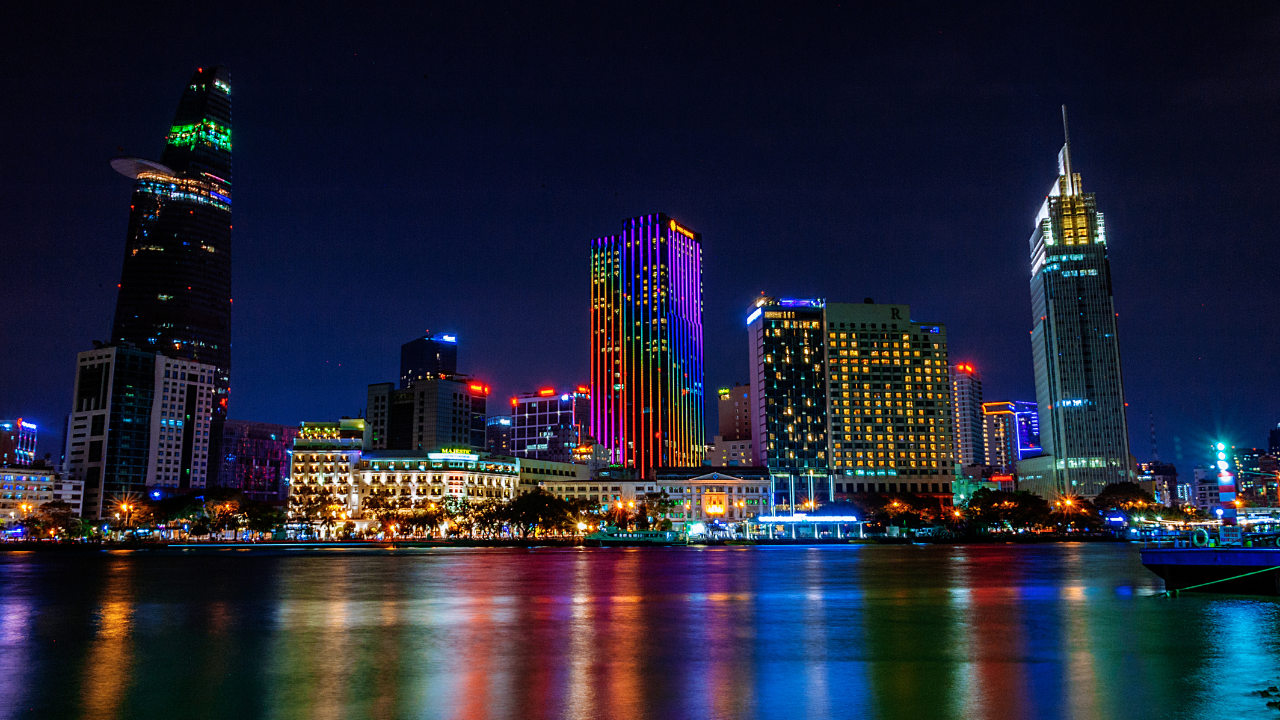Night photography can be incredibly captivating, allowing you to capture stunning scenes and unique perspectives that are not visible during the daytime. However, shooting in low-light conditions or at night requires specific considerations and the right gear to achieve optimal results. Here’s a guide on the best cameras for night photography and some tips to enhance your night shooting experience:

Camera Considerations for Night Photography:
Low Light Performance:
- Sensor Size: Cameras with larger sensors tend to perform better in low-light conditions as they capture more light, resulting in less noise in images.
- ISO Range: Look for cameras with a wide ISO range to allow for adjustments in sensitivity to light. Higher ISO settings can help capture images in low light, but they may introduce noise/grain.
Lens Compatibility:
- Wide Aperture Lenses: Opt for lenses with wide apertures (f/2.8 or wider) to allow more light into the camera, enabling better night shots without excessive noise.
Image Stabilization:
- In-body or lens stabilization: This feature helps reduce blur caused by shaky hands, especially in longer exposures or lower light conditions.
Manual Control:
- Manual settings: Ensure the camera allows for full manual control of settings like shutter speed, aperture, and ISO to have more creative control over your shots.
Tips for Night Photography:
Use a Tripod:
- Stability is crucial in low-light conditions. A sturdy tripod helps prevent camera shake during longer exposures, enabling sharper images.
Long Exposure Techniques:
- Shutter Speed: Experiment with longer shutter speeds to capture more light. However, be cautious of overexposure and use a remote or timer to avoid camera shaking when pressing the shutter button.
Experiment with White Balance:
- Different light sources at night can create varied color temperatures. Adjusting white balance settings can help in achieving accurate colors or creative effects.
Shoot in RAW:
- RAW format retains more data, providing greater flexibility in post-processing, especially when adjusting exposure, white balance, and reducing noise.
Use Manual Focus:
- Autofocus might struggle in low-light conditions. Utilize manual focus to ensure the subject is sharp and in focus.
Noise Reduction Techniques:
- Use noise reduction settings in-camera or apply noise reduction in post-processing to minimize graininess in your images.
Test Different Angles and Perspectives:
- Night photography allows for creative exploration. Experiment with different angles, compositions, and perspectives to capture unique and intriguing shots.
Incorporate Light Sources:
- City lights, street lamps, or even natural sources like the moon and stars can add character to your night photos. Experiment with how they illuminate your scenes.
Practice and Patience:
- Night photography often requires trial and error. Keep practicing, be patient, and learn from each shot to improve your skills over time.
Continue The Expedition Best Cameras For Content Creators
Recommended:
No products found.
Conclusion:
Selecting the best camera for night photography involves considering factors like low-light performance, lens compatibility, stabilization, and manual control. Additionally, employing techniques such as using a tripod, experimenting with exposure settings, adjusting white balance, shooting in RAW, and exploring different perspectives can significantly enhance your night photography skills.
Remember, while the camera plays a significant role, mastering the craft of night photography requires practice, experimentation, and creativity. With dedication and these tips in mind, you can capture breathtaking and unique images in low-light conditions.